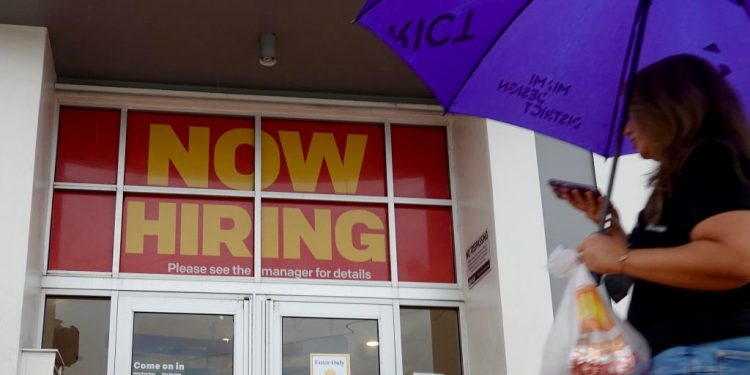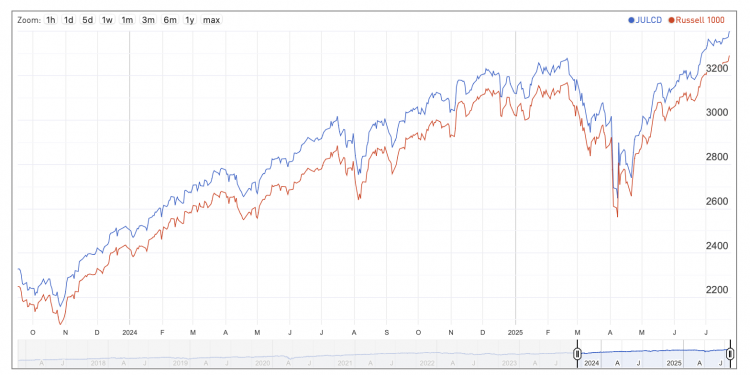JUST SXSW Panel Showcased Where the Pandemic Brought Progress for Working Women and How Much More They Need
I was at SXSW in Austin on Tuesday to speak on a panel about supporting working women during the pandemic, and one of the things we talked about is determining where progress has been made during the pandemic, and how to hold the line. In other words, what has been gained in the past couple years, and how do we ensure we don’t go backwards?
I wrote a piece a few weeks ago that can serve as a backdrop for identifying that line, noting areas of both progress and opportunities for improvement when it comes to jobs.
By my count, we’ve made some progress in a number of areas: Financial security, flexibility, and diversity, equity and inclusion. But it’s just scratching the surface, and we run the real risk of backsliding. Over one million women have left the workforce and not returned. Many frontline workers have sacrificed health and well-being while going to low-paying jobs, and those workers are often women and particularly women of color. So there’s much left, and the pandemic has shown the structural inequities in our economy, and where we need to focus going forward to build something better.
You can watch a clip from the panel, which also featured Color of Change VP Arisha Hatch, SEIU VP April Verrett, and moderated by Fortune Editor Emma Hinchliffe below:
The panel discussion happened to fall on Equal Pay Day. Our research team released some new data showing that progress around assessing gender pay equity has stalled.
So on gender equity, like other topics, how do we ensure we’re holding the line? And where do we focus to continue to move forward on something better? To me, the answer is that it really starts with a series of questions.
What are people saying they value from the last two years? Where do they need help, from wages and compensation to clear ladders of growth? Are business leaders asking the questions through the lens of recognizing your workforce as a value creator?
In the coming weeks and months, JUST will be highlighting which companies are best for women, how companies are doing on climate, where leadership continues to come on racial equity, all the while working to give guidance on how anyone, from a worker to an investor, can be part of solutions.






